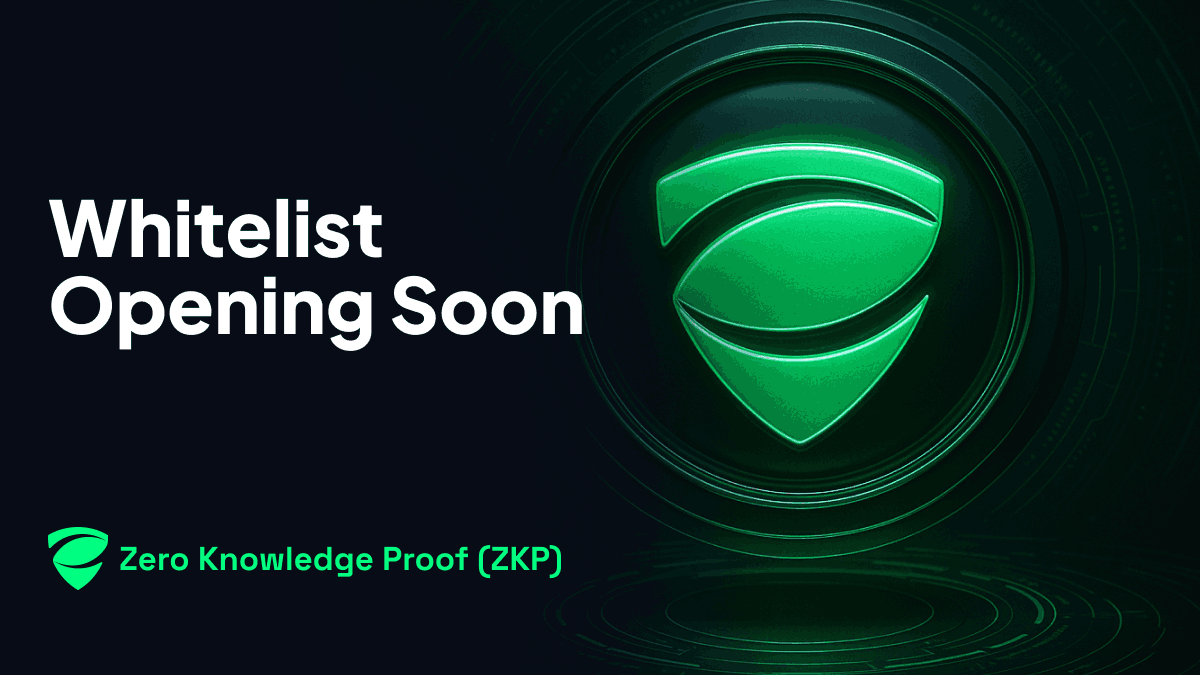Detailed explanation of Pippin's operating mechanism: comprehensive innovation and market value expectations from task execution to ecological collaboration
远山洞见2025/01/13 09:56
By:远山洞见
I. Project introduction
Pippin is a Modularization AI agent framework developed by Yohei Nakajima, focusing on helping developers and creators build efficient digital assistants in a flexible and intuitive way. Through Pippin, users can define specific roles for AI, including their personalities, goals, and constraints, and connect with external tools (such as blockchain, Slack, or custom APIs), allowing AI to automate tasks, generate new plans, and collaborate with tools. Pippin's open source nature makes this technology about to be open to developers worldwide, becoming a core driving force for empowering more innovation.
The core inspiration for the framework design comes from Pippinian naturalism, advocating that AI is a part of the digital ecosystem with the ability to remember and evolve. Pippin's built-in dynamic memory system can record task results, combine short-term notes and long-term data, help AI grow from successful experiences and failures, and form unique sense of purpose and behavioral patterns. At the same time, AI's activity generation mechanism can dynamically expand new skills, from simple task execution to complex code deployment, making it highly personalized and adaptable while solving practical problems.
The Pippin framework is widely applicable in various scenarios, including content creation, intelligent assistant development, interactive systems in the education field, as well as AI-driven marketing or DevOps tool development. As the successor of BabyAGI, Pippin has achieved significant upgrades in Modularization design and dynamic expansion capabilities, promoting the further development of AI agent technology. Whether in terms of technical depth or future potential, Pippin is a breakthrough tool worth looking forward to, redefining the role and significance of AI agents in the digital world.

II. Project highlights
1. Personalized role setting and tool integration
Pippin provides clear role setting functions, which can define specific goals, personalities, and behavioral rules for each agent, and support connection with multiple tools or applications. This modular design allows users to flexibly adjust the functions of agents according to different needs, allowing them to focus on completing specific tasks.
2. Memory and experience accumulation mechanism
Pippin has a built-in memory system that records the execution results of each task, combines short-term feedback with long-term data accumulation, and helps the agent gradually optimize behavioral decisions. This design enables each agent to act like an experienced assistant, constantly improving efficiency and adaptability through practice.
3. Flexible expansion capabilities
The framework allows users to dynamically expand the skills and functions of agents, supporting from simple daily tasks to complex advanced applications. Developers can generate new task activities through the framework, quickly expand the capabilities of agents, and achieve diverse application scenarios without additional development work.
4. Open source transparency and wide applicability
As an open-source project, Pippin is transparent and easy for developers to collaborate. Its flexibility and applicability make the framework widely used in various scenarios, such as educational assistance, content creation, or task management, truly becoming a reliable and efficient intelligent assistant framework.
III. The operation mechanism of Pippin
Pippin is a digital assistant that can run autonomously around the clock. Whether it's "daydreaming" during leisure time or actively completing tasks, it is always busy at its own pace. Occasionally, it will post updates on the X platform (@pippinlovesyou) based on its own state, such as current energy level and some random factors. This process does not rely on simple timers or fixed trigger conditions, but appears more natural and flexible.
Users can view Pippin's activities in real time through its dashboard, and understand its current tasks and status. In the future, richer visual functions may be added, and the current settings have fully presented its daily work logic. Pippin's core operating logic is open to everyone and can be viewed on GitHub. Anyone can contribute new activities or make personalized adjustments based on the documentation.
In addition to regular tasks, Pippin has also tried automatic animation production, SVG image generation, virtual scene creation, and even real-time LIVE. These functions can be expanded at any time by adding activity modules, enabling it to enter more content forms and application scenarios. The joint efforts of the community have also brought various fresh ideas to Pippin, such as customized websites, interactive content generators, mini-games, and video generators. Because it adopts CC0 authorization, Pippin's name and image can be freely used, allowing more people to apply it to new fields and expand its influence.
This version of Pippin not only showcases a flexible and versatile digital assistant form, but also paves the way for the development of subsequent frameworks. Pippin's progress is not only the improvement of functions, but also an interesting practice of combining digital technology and creativity, giving more people the opportunity to integrate and promote this continuously growing ecosystem.
IV. Market value expectations
The current unit price of Pippin is $0.175963, and the circulating market value is about $175.90 million. The fully diluted market value is similar, at $176 million. Compared with its benchmark projects $AVA, $ARC and $ACT, Pippin's Market Positioning is relatively unique. The current market value level and circulation are in the middle position among similar projects.
Ⅳ.Token Economics
The total supply of Pippin tokens is 999.9M, with a current market value of $176.4M. The liquidity pool is locked at $4.9M (13.28K SOL), with over 27,150 holding addresses, and the top ten addresses accounting for only 17.93%. There is no right to issue tokens, and the trading activity level is high.
Team and financing
Project developer Yohei Nakajima has long-term practical experience in the field of open source technology. He has launched the highly anticipated BabyAGI project, which has received over 20,000 community supports on GitHub and is considered an important step in exploring intelligent agent technology. At the same time, Yohei also manages a risk mutual fund, which provides a stable technical foundation and resource guarantee for the project.
VII. Risk Warning
1. Pippin's Target User covers developers and creators, but the needs of different users vary greatly. If the product fails to effectively meet diverse needs, it may lead to insufficient user stickiness.
2. At present, Pippin's framework is free and open source, but whether it can form a clear monetization model in the future and how to combine it with the token economy model are still latent risks that have not been solved.
VIII. Official link
Website:https://pippin.love/
Twitter:https://x.com/pippinlovesyou
1
2
Disclaimer: The content of this article solely reflects the author's opinion and does not represent the platform in any capacity. This article is not intended to serve as a reference for making investment decisions.
PoolX: Earn new token airdrops
Lock your assets and earn 10%+ APR
Lock now!
You may also like
XRP price eyes rally to $3.45 after Ripple CEO tells investors to ‘lock in’
Cointelegraph•2025/10/25 22:48
Why is Prop AMM flourishing on Solana but still absent on EVM?
In-depth analysis of the technical barriers and EVM challenges faced by Prop AMM (Professional Automated Market Makers).
BlockBeats•2025/10/25 22:24

Zero Knowledge Proof Whitelist Coming Soon: Where Builders Find Purpose in the Next Blockchain Era
TheCryptoUpdates•2025/10/25 21:51

JPMorgan Allows Bitcoin and Ethereum as Loan Collateral
TheCryptoUpdates•2025/10/25 21:51

Trending news
MoreCrypto prices
MoreBitcoin
BTC
$111,633.71
+0.47%
Ethereum
ETH
$3,957.39
+0.57%
Tether USDt
USDT
$1
-0.03%
XRP
XRP
$2.6
+3.60%
BNB
BNB
$1,116.94
+0.70%
Solana
SOL
$194.28
+0.38%
USDC
USDC
$0.9999
-0.03%
Dogecoin
DOGE
$0.1968
-0.50%
TRON
TRX
$0.2980
-2.09%
Cardano
ADA
$0.6550
-0.32%
How to buy BTC
Bitget lists BTC – Buy or sell BTC quickly on Bitget!
Trade now
Become a trader now?A welcome pack worth 6200 USDT for new users!
Sign up now